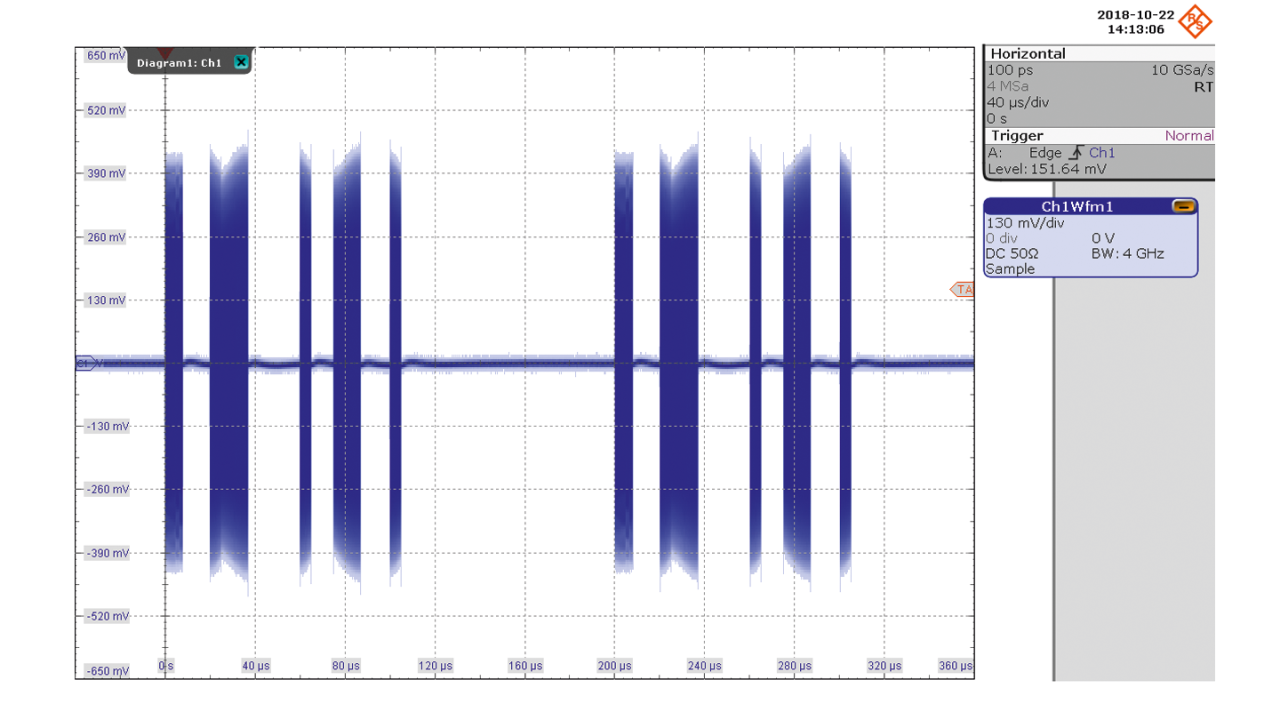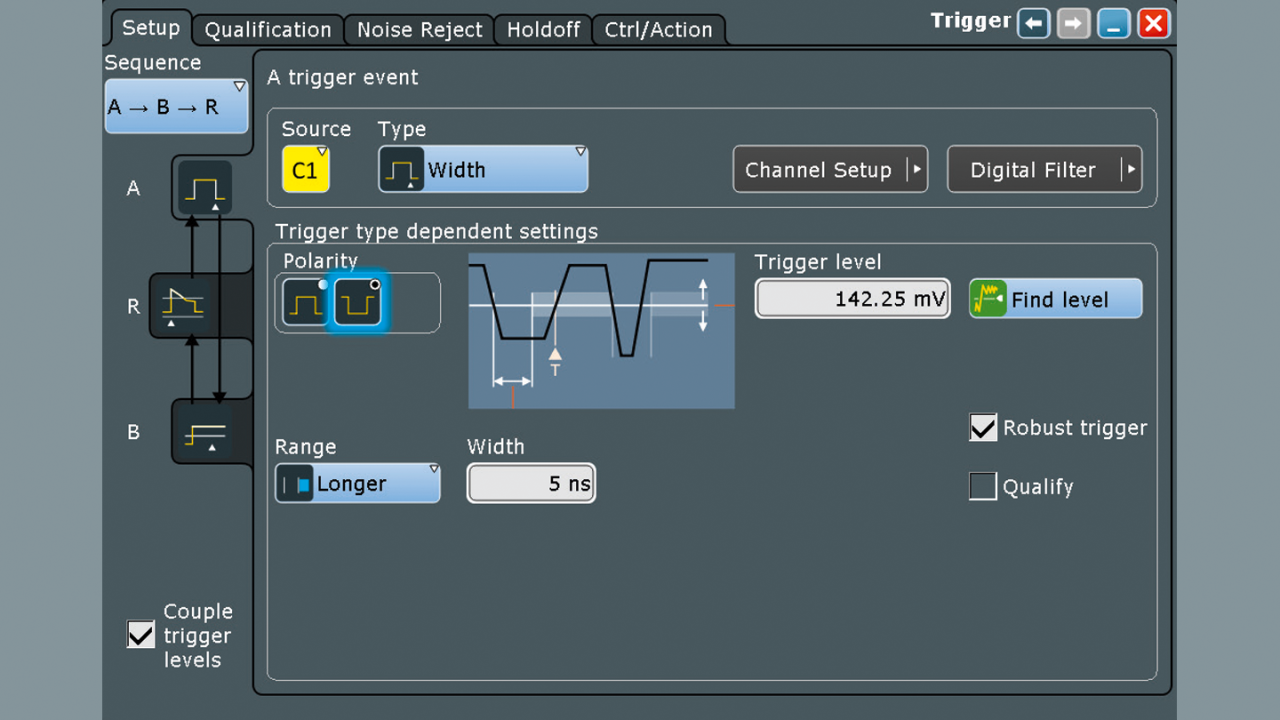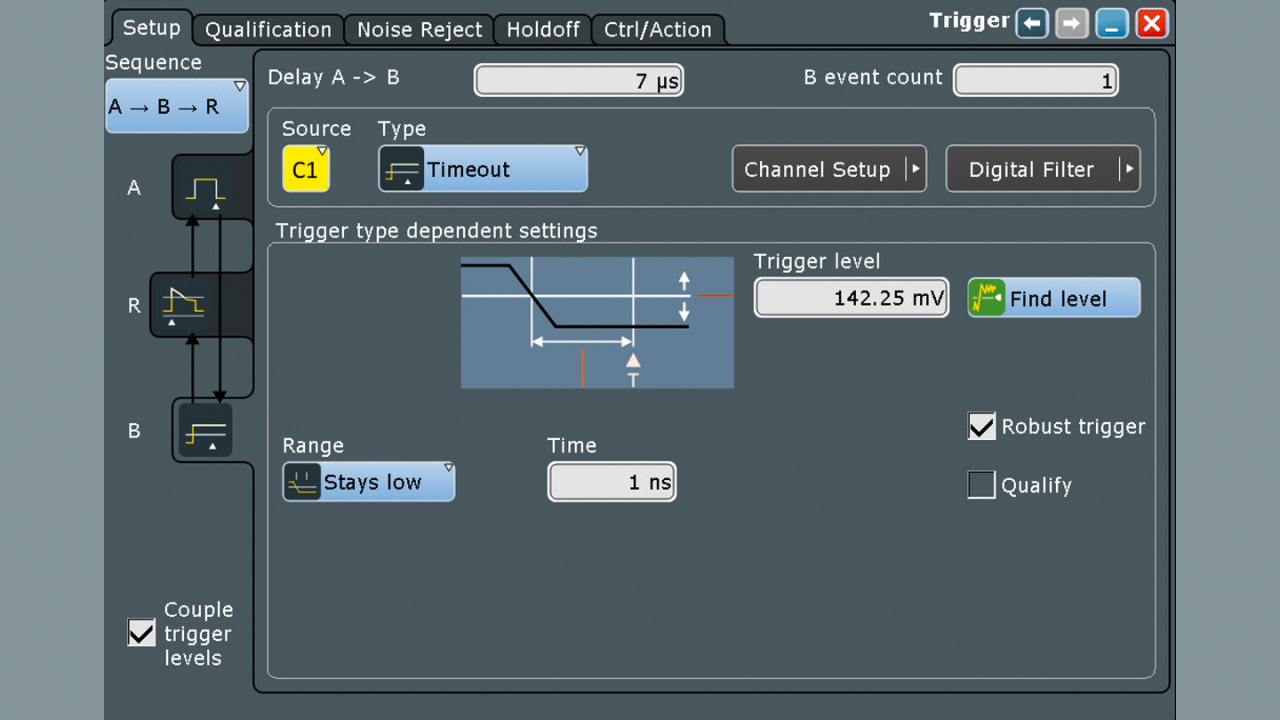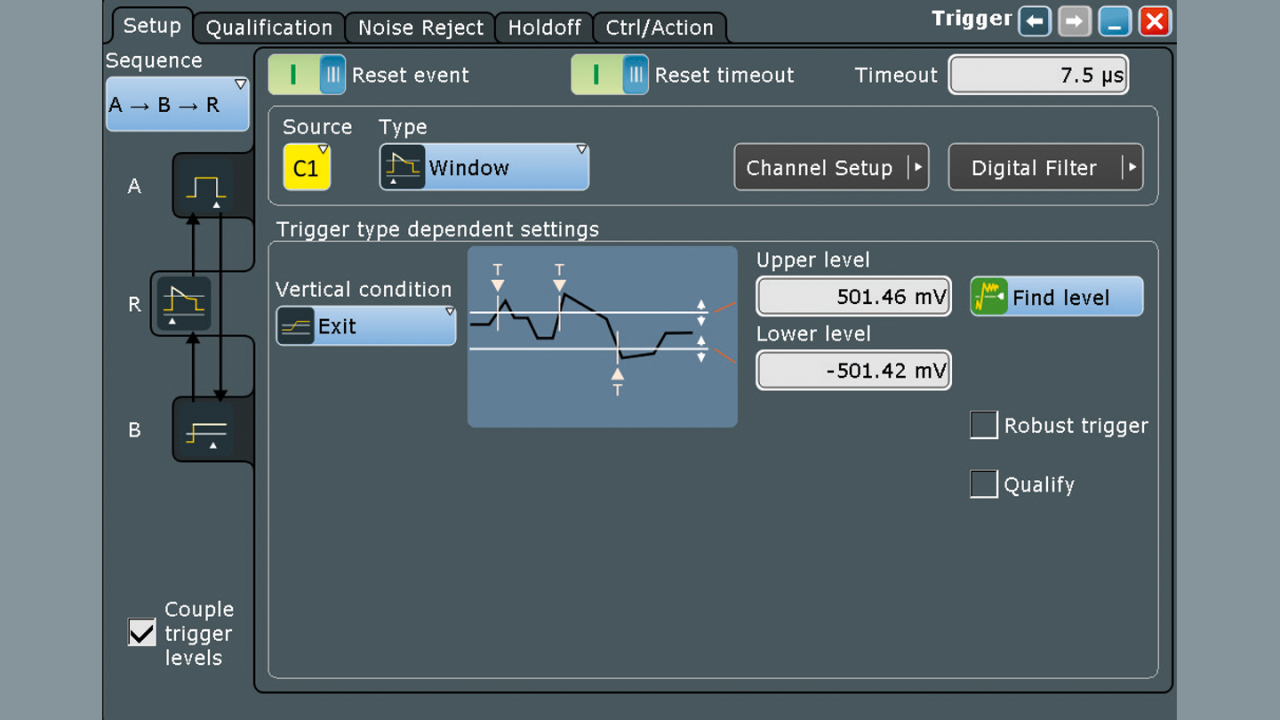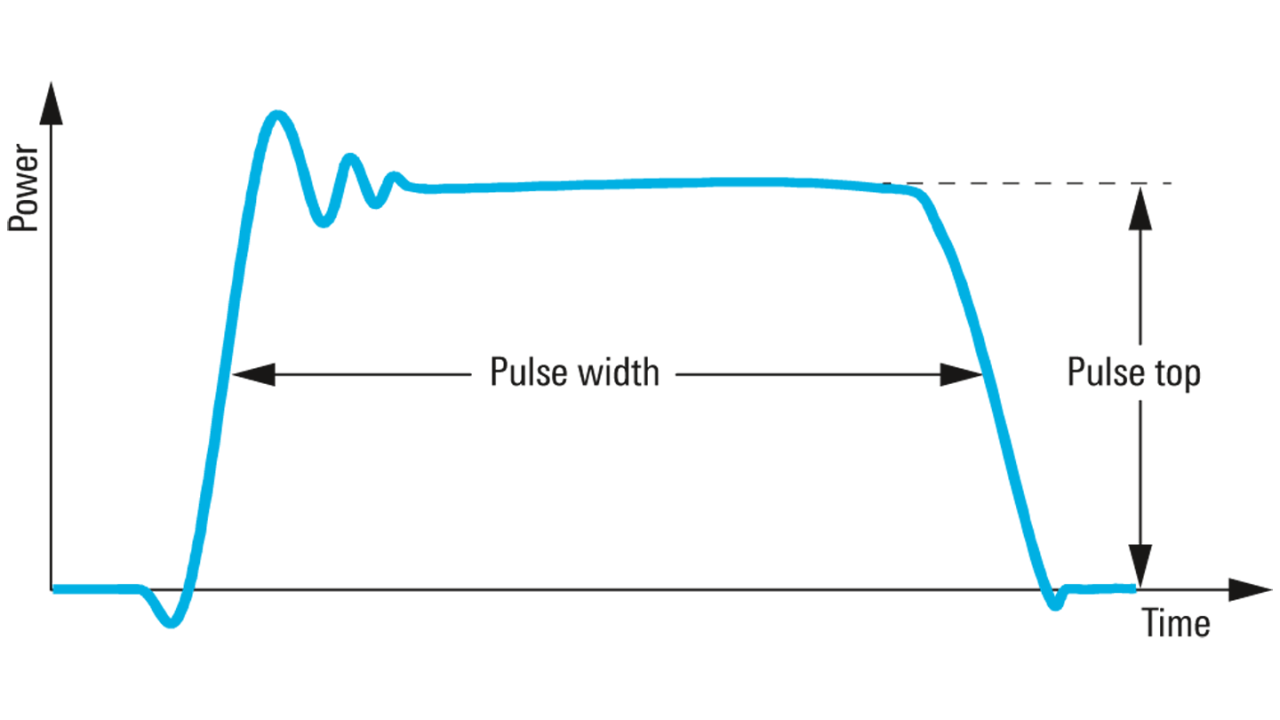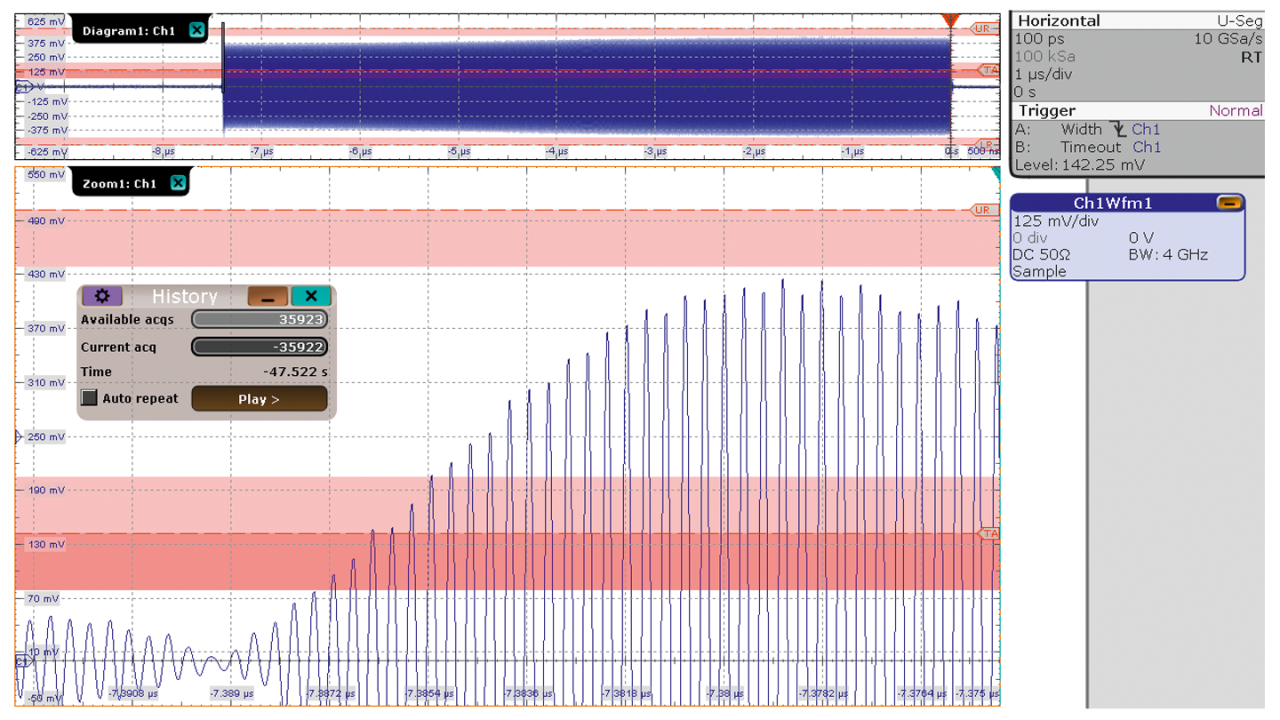Trigger on radar RF pulses with an oscilloscope
Analyzing RF pulses is a key aspect of pulsed radar applications, e.g. in air traffic control (ATC), maritime radar or scientific measurements of the ionosphere. Analyzing the envelope and the modulation of the pulse is essential, because they contain important information to characterize the application. The R&S®RTO and R&S®RTP oscilloscopes are capable of triggering precisely on a pulse as a prerequisite for time domain and frequency domain analysis. This document describes the use of the R&S®RTO and R&S®RTP to trigger exactly on pulses in preparation for further in-depth measurements such as RF pulse measurements on an ATC signal.




